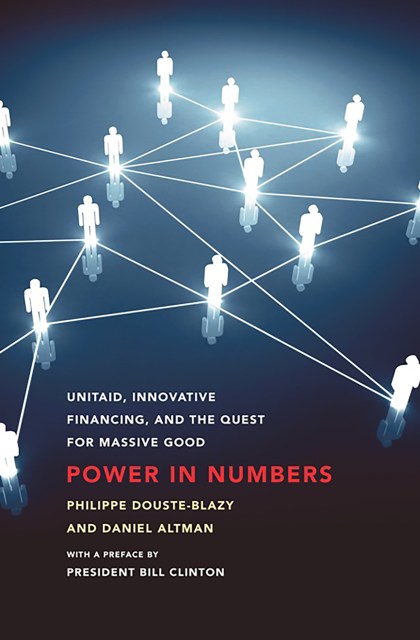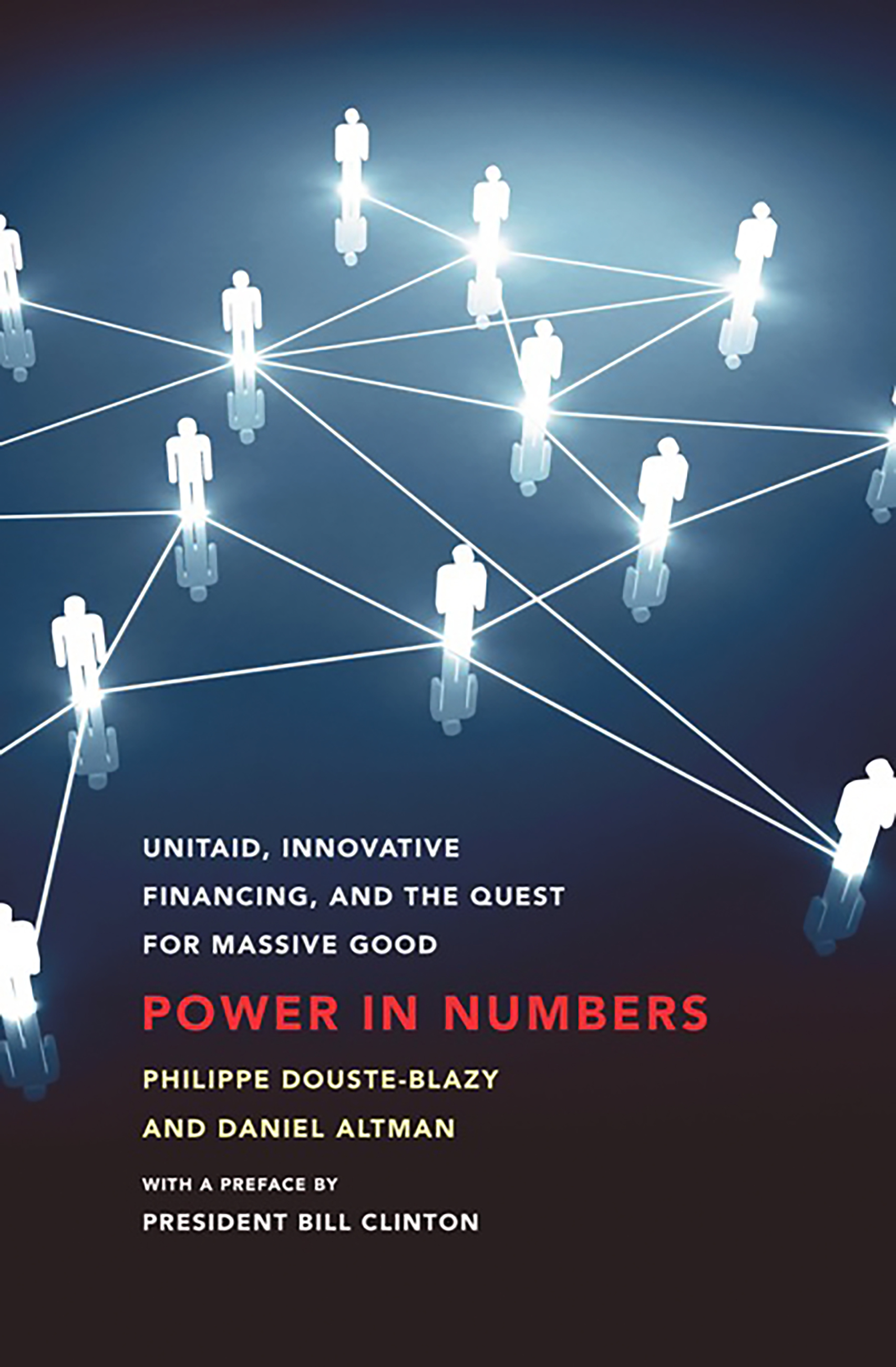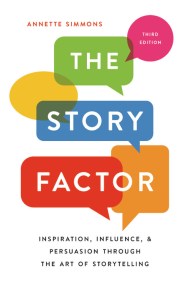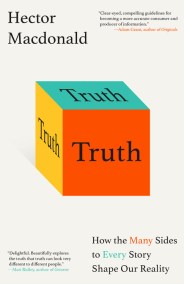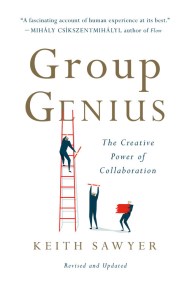Promotion
Use code MOM24 for 20% off site wide + free shipping over $45
Power in Numbers
UNITAID, Innovative Financing, and the Quest for Massive Good
Contributors
Formats and Prices
Price
$9.99Price
$12.99 CADFormat
Format:
ebook $9.99 $12.99 CADThis item is a preorder. Your payment method will be charged immediately, and the product is expected to ship on or around January 28, 2010. This date is subject to change due to shipping delays beyond our control.
Also available from:
UNITAID’s newest program, collecting small contributions via a check-box on the world’s biggest travel websites, launches in the United States in January 2010. It is a fascinating model for philanthropy, proving that you can scale up both the fundraising and the ambition of lifesaving treatment programs. Moreover, UNITAID has proved able to continue its work uninterrupted by the financial turmoil that has blighted other private and government aid programs. It provides a model for challenging times.
Launched as a crucial component of UNITAID’s “MassiveGood” substantial national publicity and promotion campaign, Power in Numbers is an inspiring case study for anyone interested in social justice, public health, philanthropy, or fundraising.
Genre:
- On Sale
- Jan 28, 2010
- Page Count
- 160 pages
- Publisher
- PublicAffairs
- ISBN-13
- 9781586489090
Newsletter Signup
By clicking ‘Sign Up,’ I acknowledge that I have read and agree to Hachette Book Group’s Privacy Policy and Terms of Use
